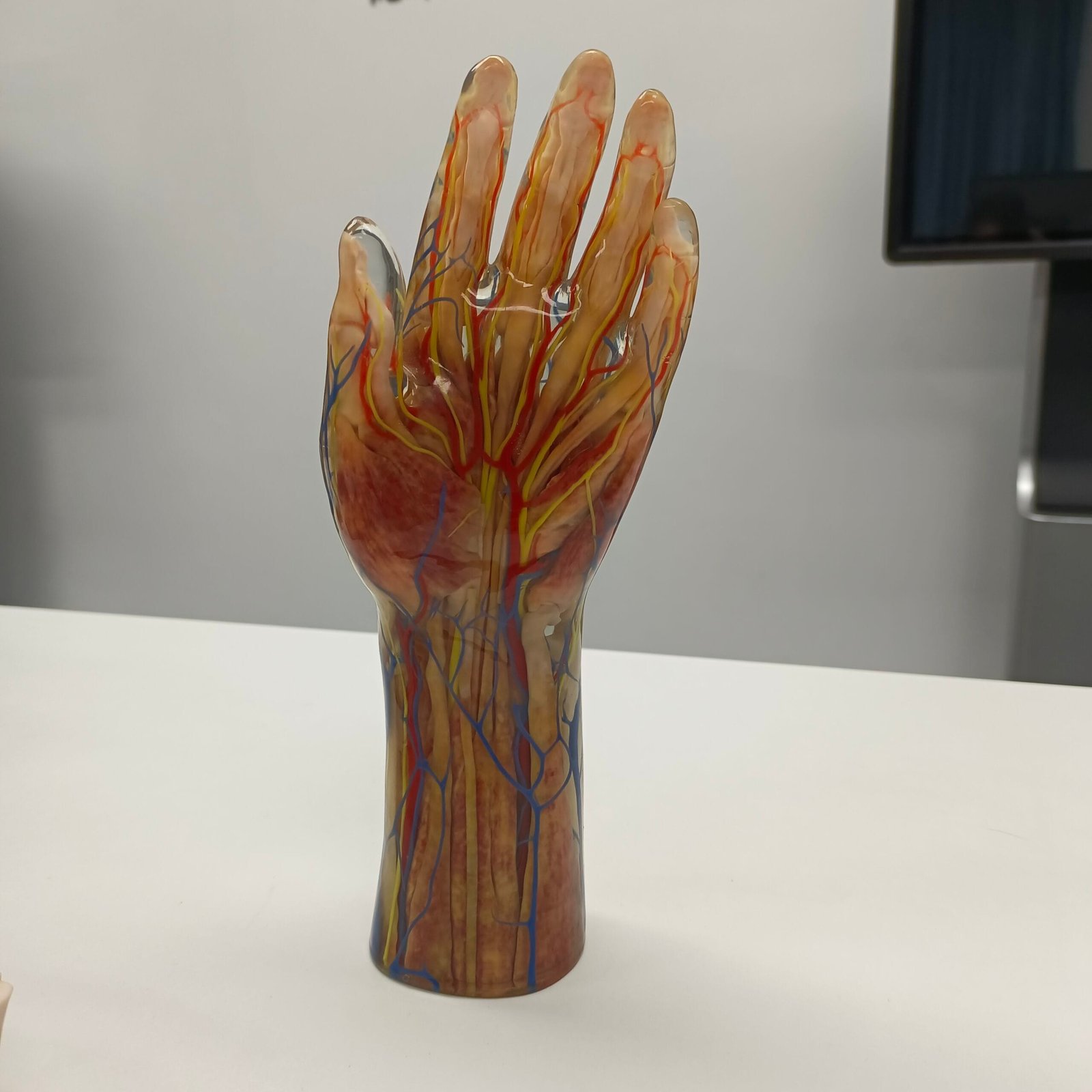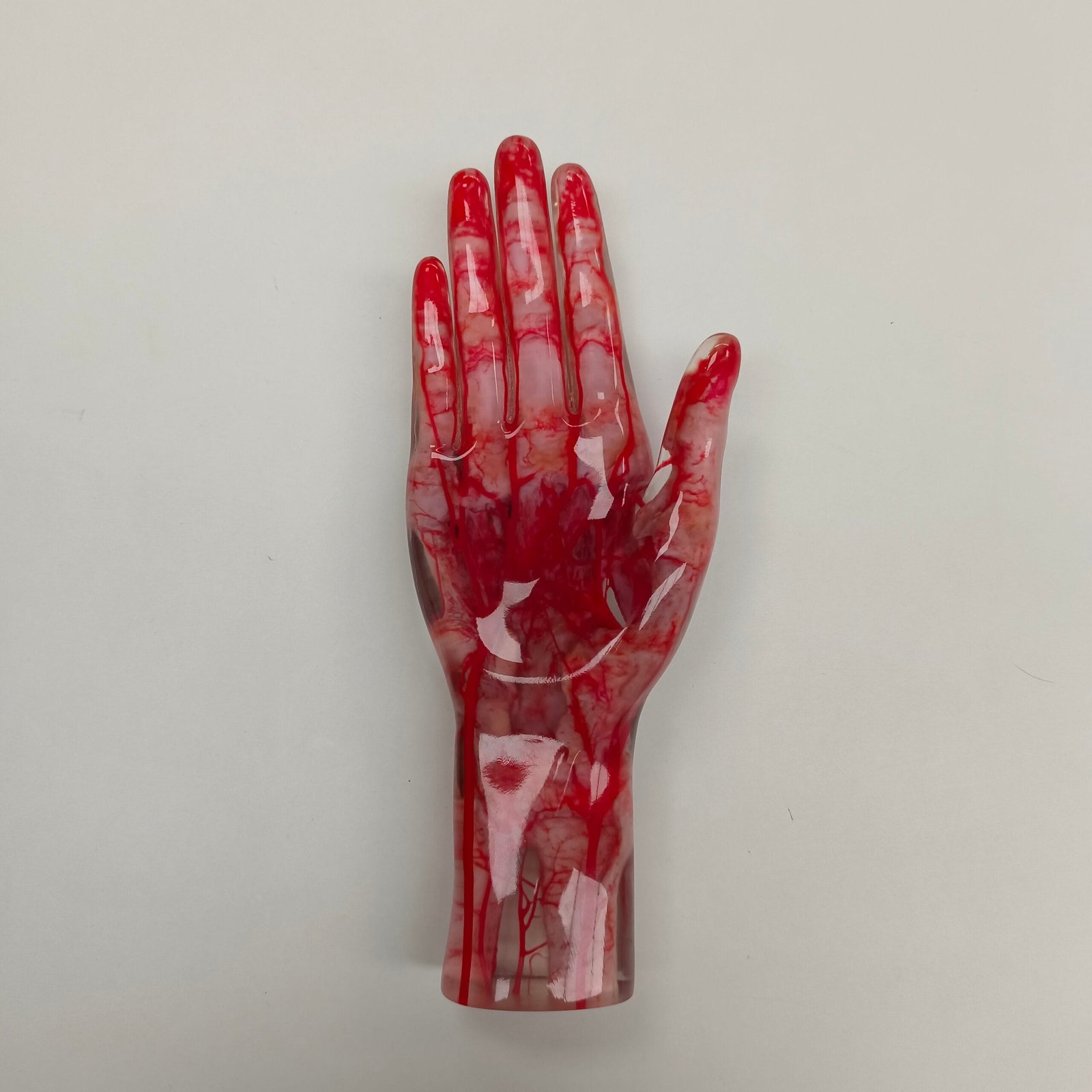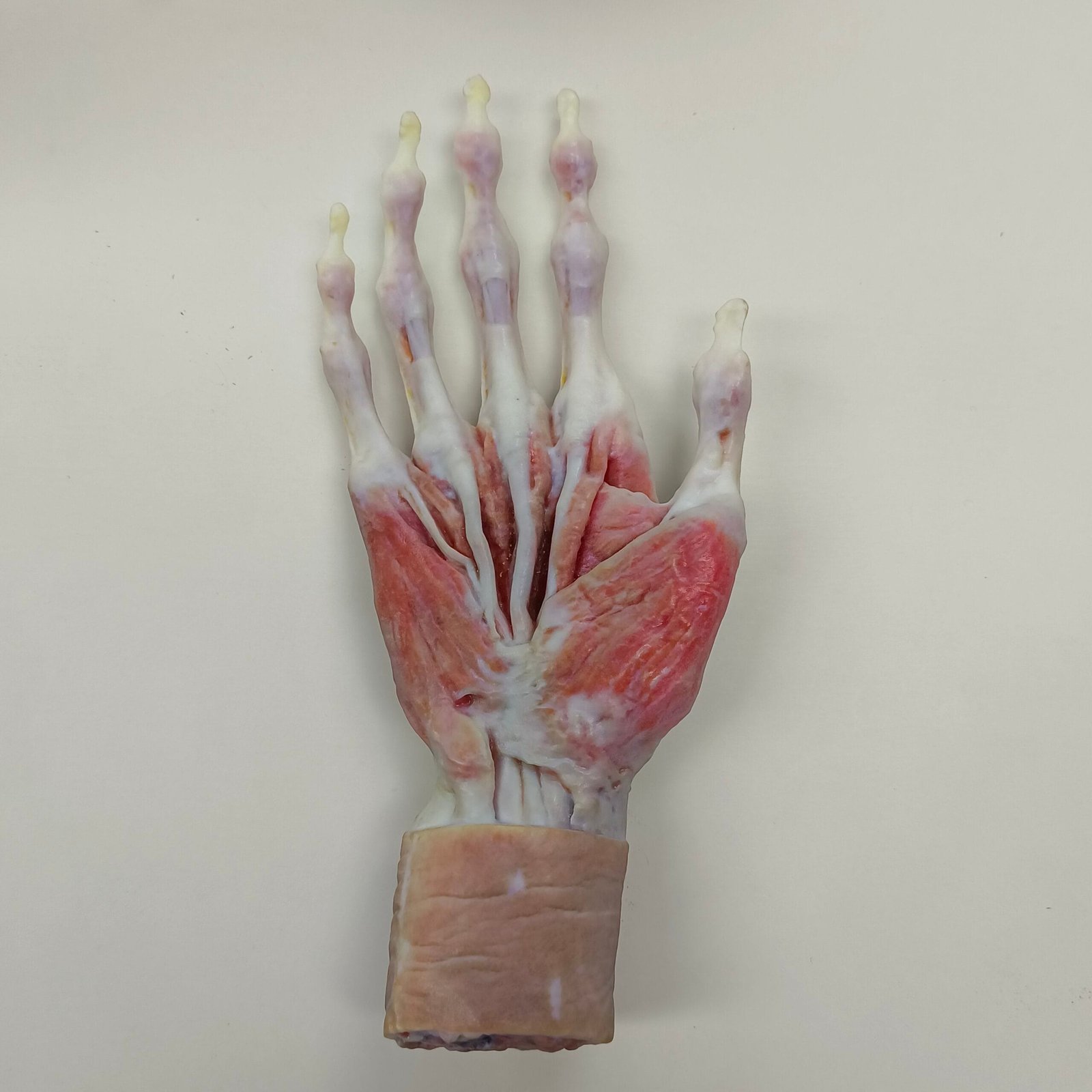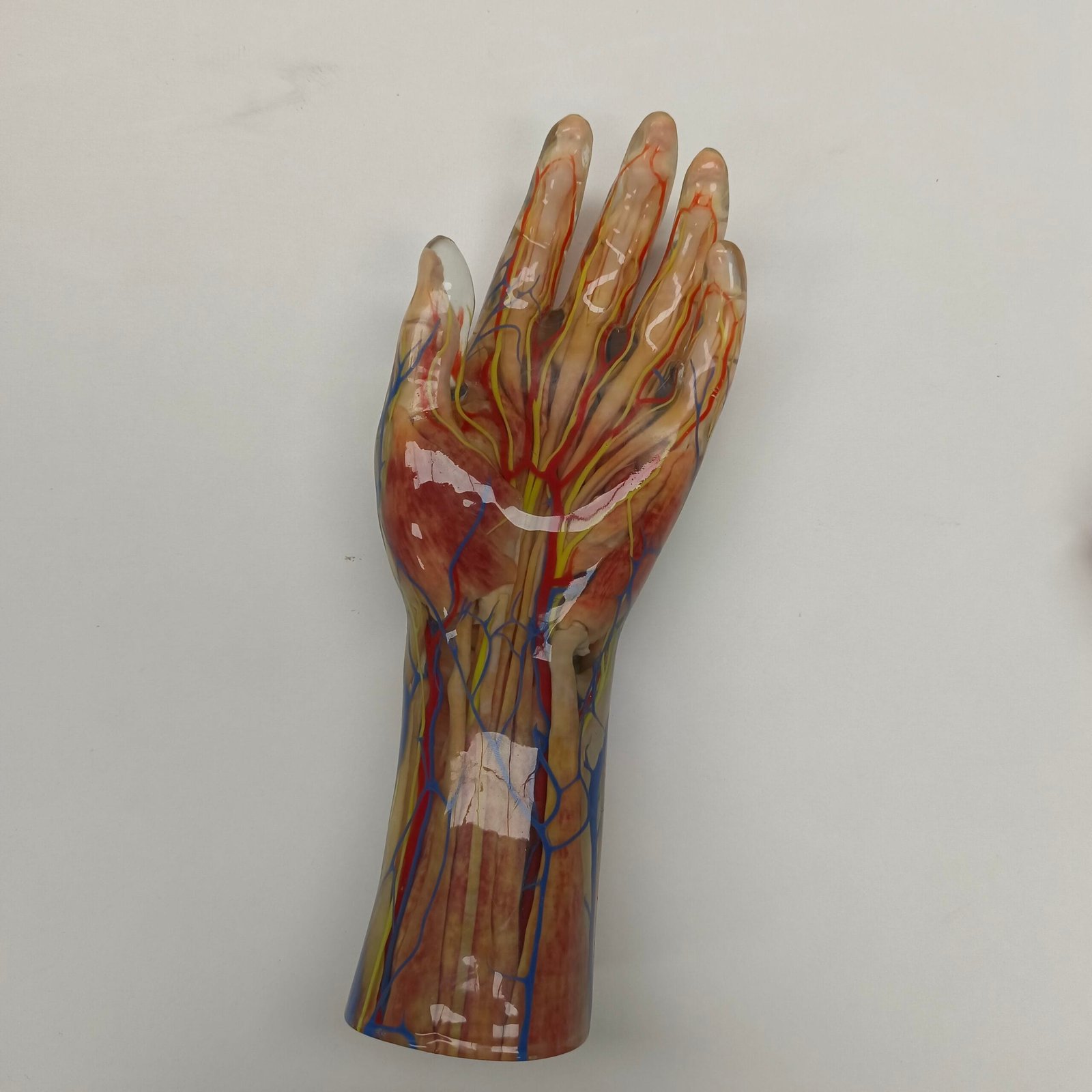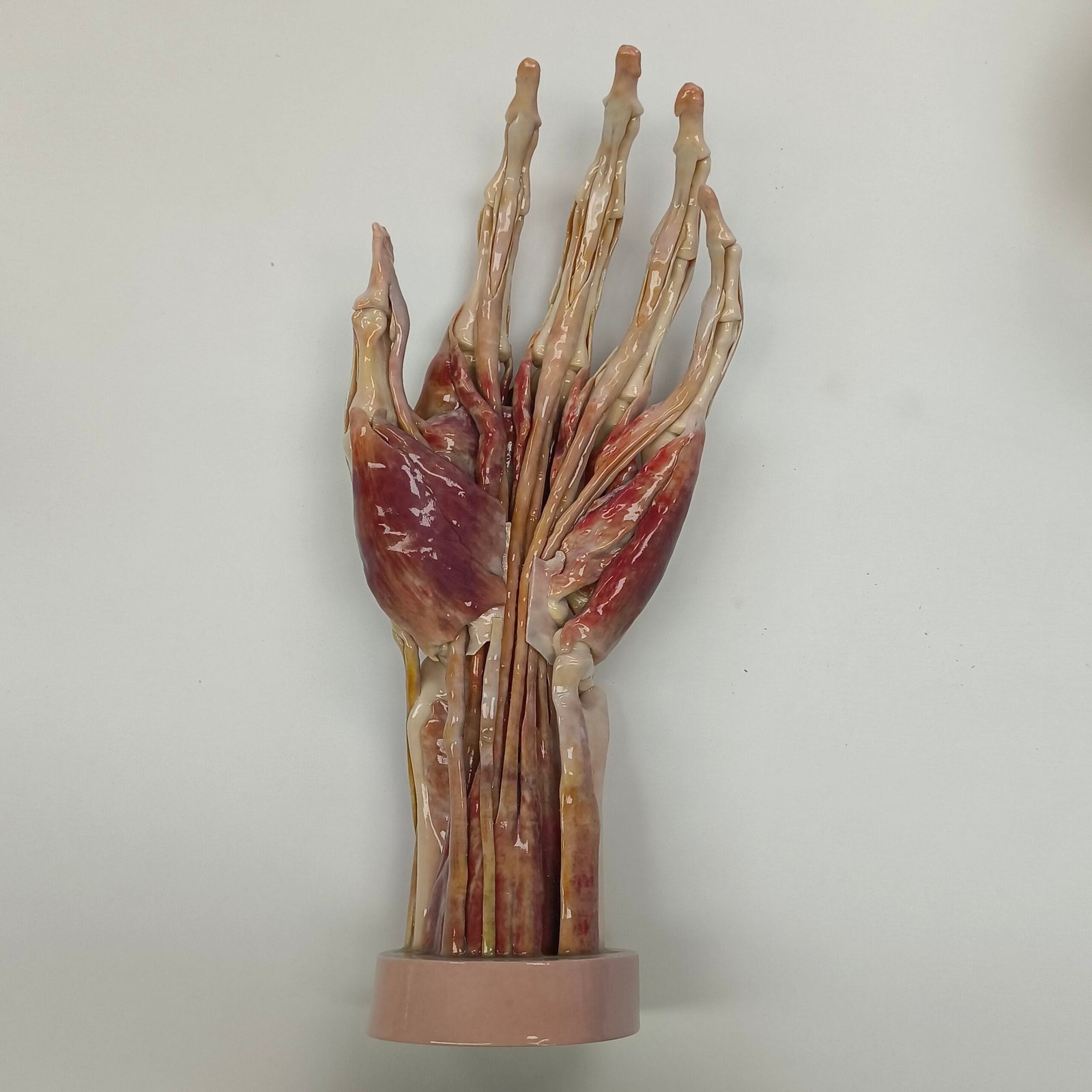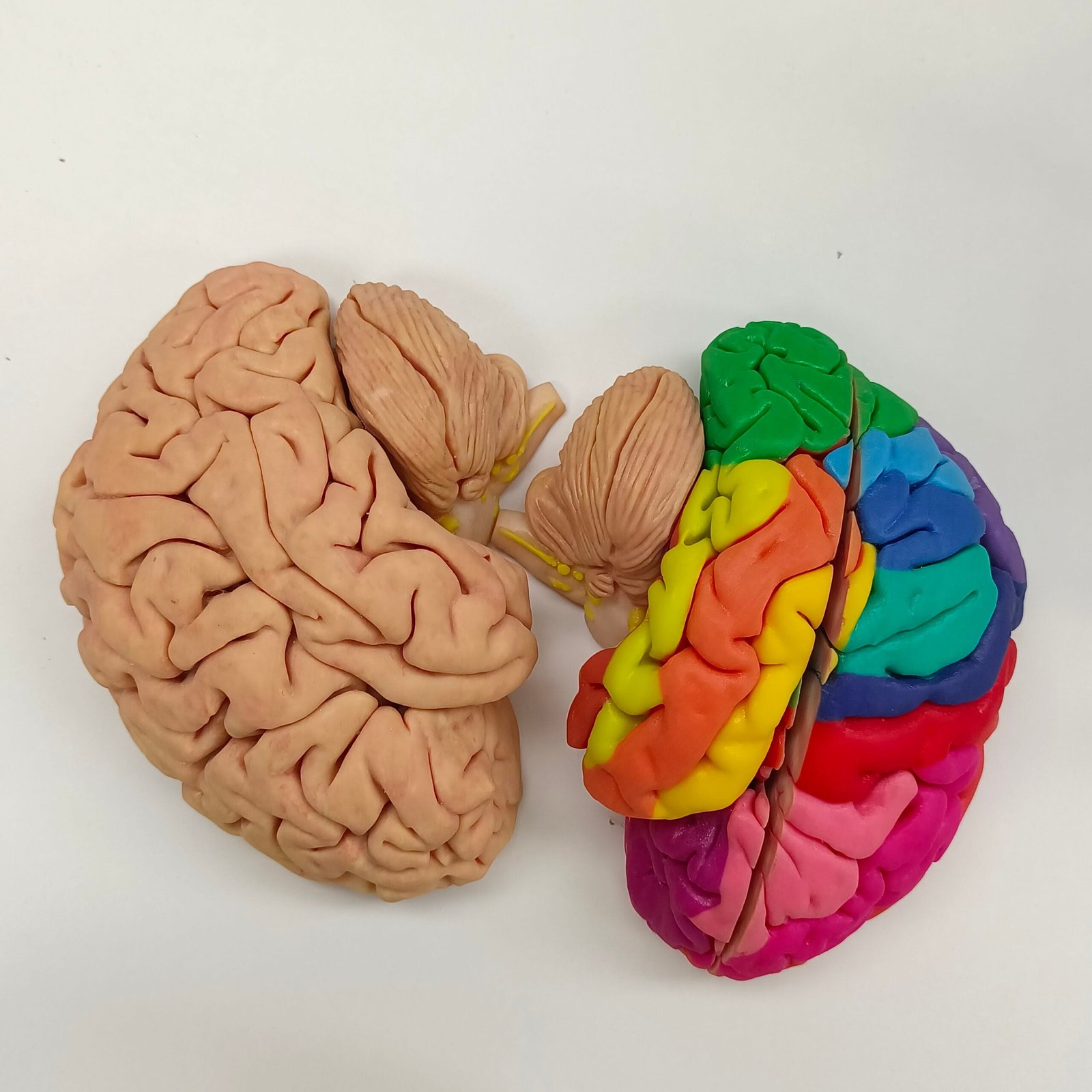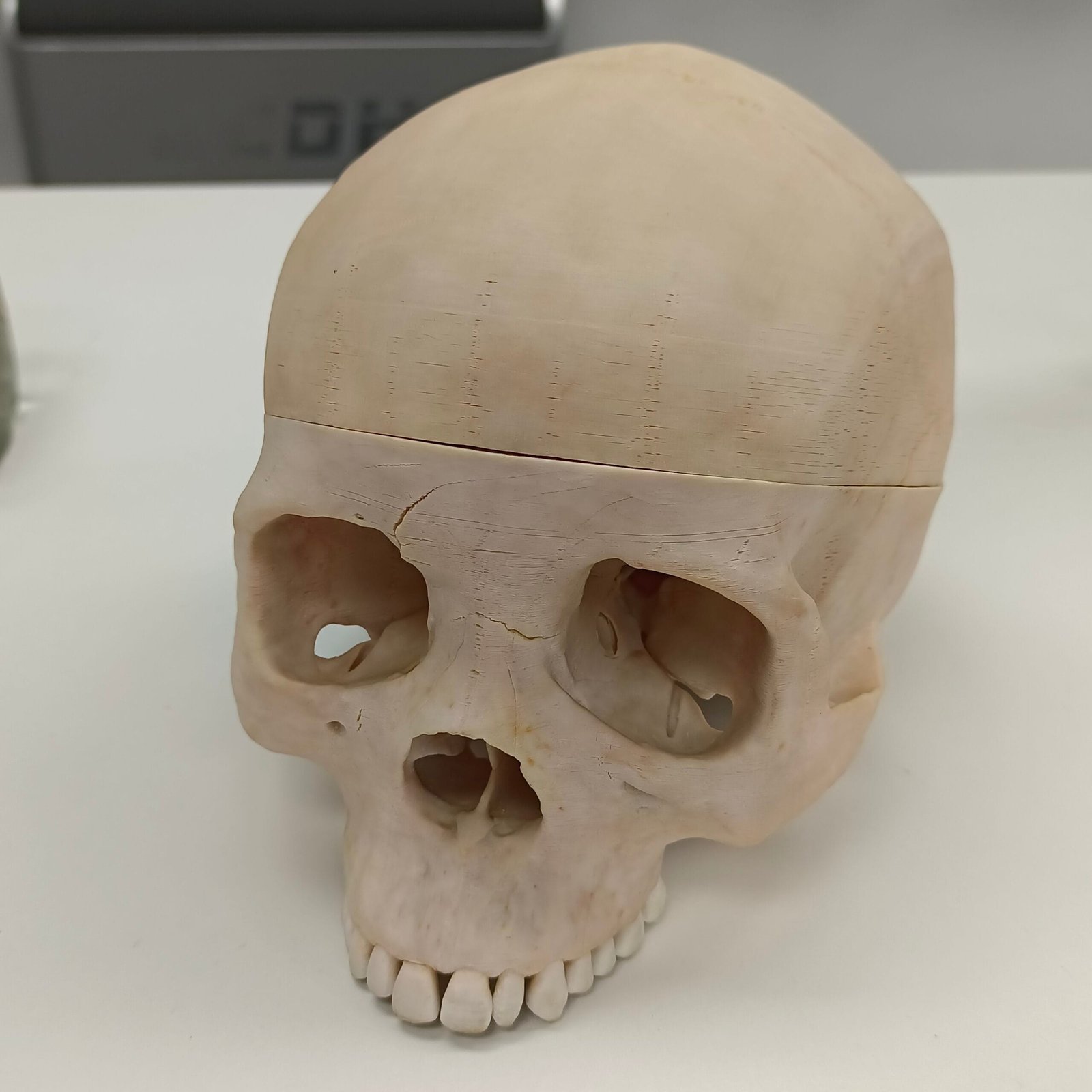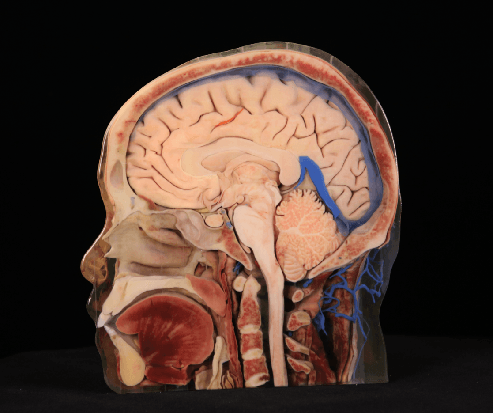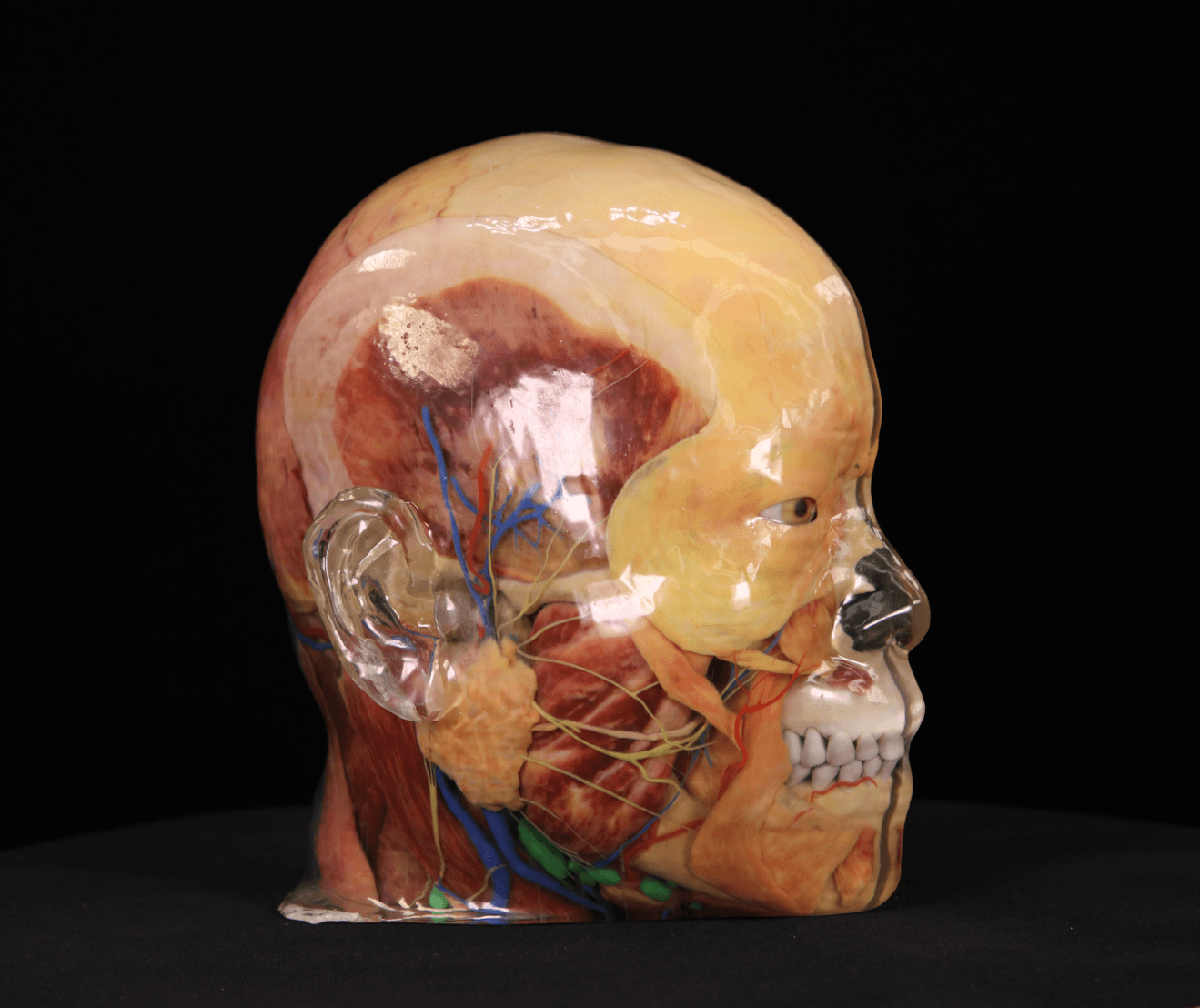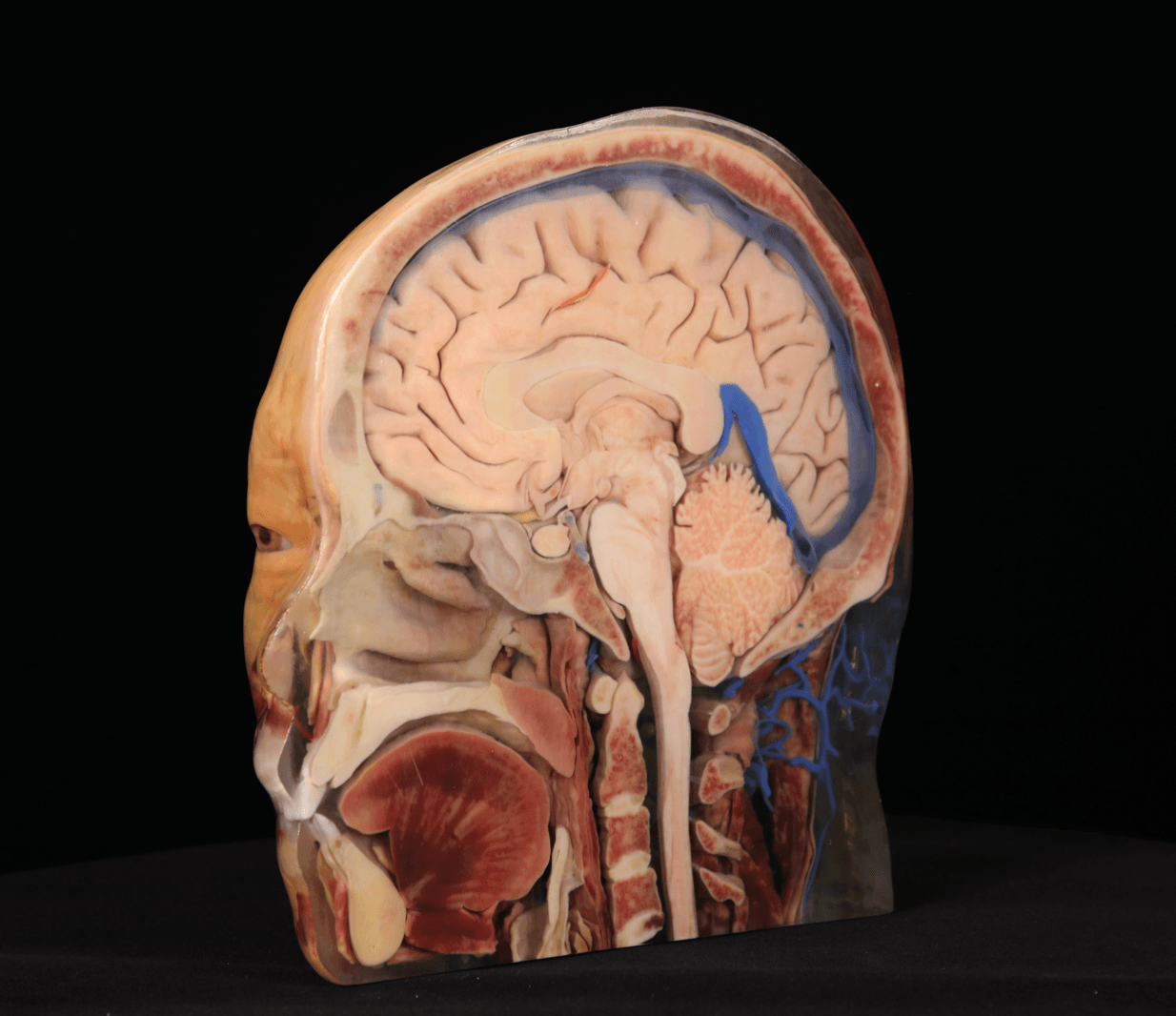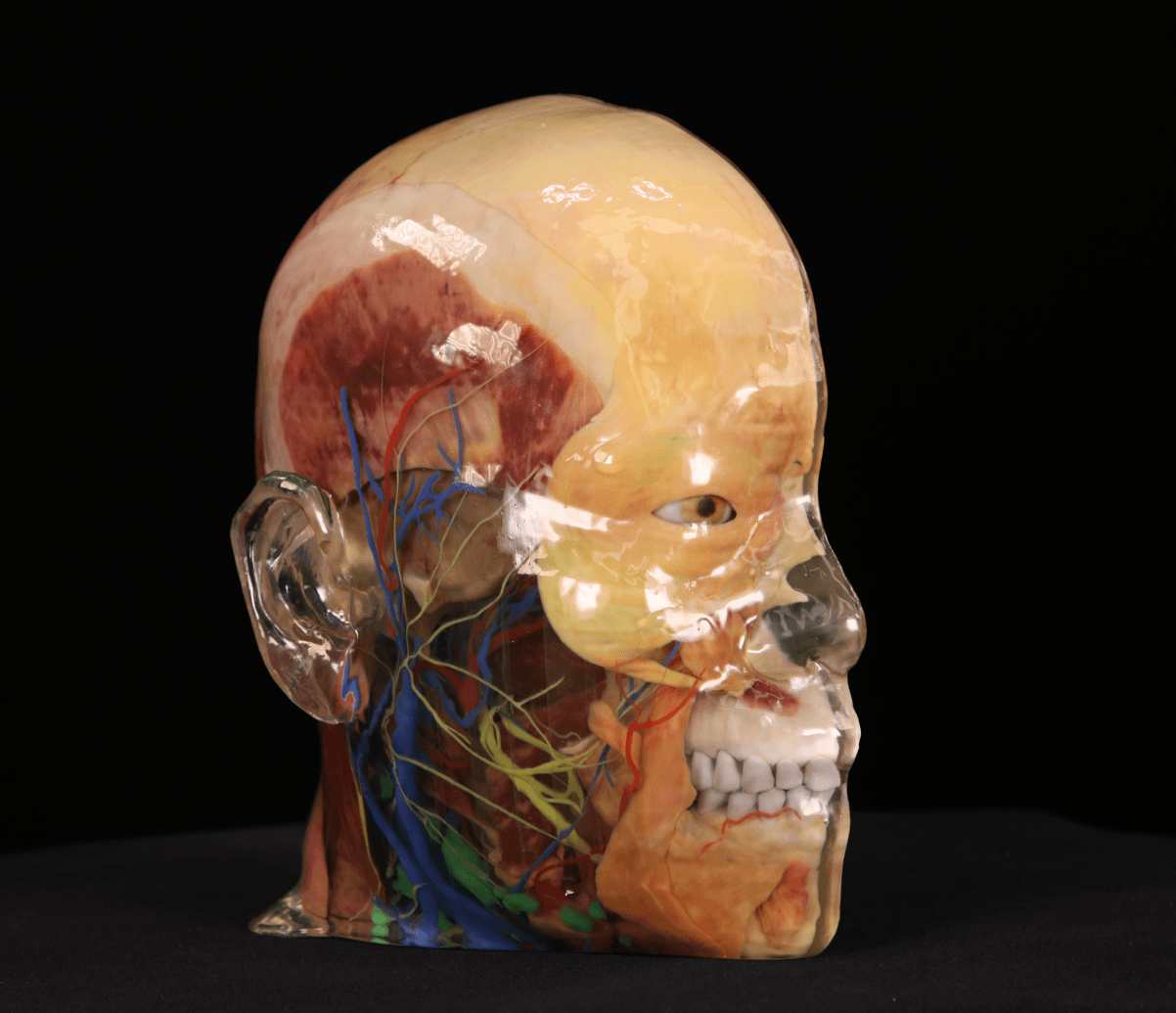3D Printed Cadaveric Anatomical Models
IKAD: Transforming Education & Research with Powerful Equipment & Solutions. > 3D Printed Cadaveric Anatomical Models

3D Printed Cadaveric Anatomical Models
The IKAD 3D Printed Anatomical Models offers several significant advantages over traditional plastic models and real human plastinates, making it a cutting-edge resource for educational purposes in the fields of medicine, health sciences, and biology. Here are the key benefit
Accuracy and Realism
Based on Real Anatomical Data
Unlike plastic models, which are stylized or generalized, the IKAD Anatomy Series is created using precise data or from real human specimens. This ensures that the anatomical representations are as accurate and realistic as possible, closely resembling the true human body in detail.
Clinically Relevant Models
Each replica is developed to highlight clinically important areas of anatomy, which enhances its usefulness for teaching in medical and health sciences curriculum. The anatomical features are based on actual human anatomy, verified by expert anatomists, ensuring that the models represent real anatomy rather than idealized or simplified versions.
Click to view full size image
High-Quality Educational Tool
Enhanced Learning Experience
The colourized, 3D printed body replicas offer a more immersive and detailed learning experience compared to plastic models. These replicas allow for a deeper understanding of human anatomy, which is invaluable for students and professionals who need to visualize and comprehend complex structures.
Detailed Descriptions
Each model is accompanied by detailed anatomical descriptions, further aiding learning by providing context for each structure and its function in the body.
Click to view full size image
Ethical and Practical Considerations
No Ethical Issues
Unlike plastinated human remains, which can raise ethical concerns, the replicas are not made from real human tissue. They are based on radiological or dissection data, making them a more ethically acceptable option for educational use.
Transport and Usage Flexibility
Since these replicas are not made from real human tissue, they can be transported and used in educational settings without the legal or ethical restrictions that apply to plastinated bodies or cadavers. This makes them accessible to a broader range of institutions.
Cost-Effective
Affordable Alternative
The 3D Printed Anatomy Models offers a cost-effective solution to obtaining highly detailed and accurate anatomical models. Traditional plastinated bodies are expensive and require specialized facilities for preservation, whereas 3D printed models are more affordable and easier to maintain.
Click to view full size image
No Need for Cadaveric Access
Avoids the Need for Cadavers
Not all educational institutions have access to cadaveric specimens, and using cadavers in teaching may be subject to legal restrictions. The 3D Anatomy Models allows educators to teach human anatomy with high fidelity, without needing cadaveric materials or the complex logistics associated with real human tissues.
3D Anatomy Models combines anatomical accuracy, ethical considerations, cost-efficiency, and practical educational benefits, making it an excellent resource for institutions teaching human anatomy. Its realism and detail far exceed what is achievable with plastic models, and it provides a more ethical and accessible alternative to real human plastinates.

